What Are Sugar Alcohols?
 You may have heard about sugar alcohols for sweetening and ignored them, if you didn’t want sugar or alcohol in your diet. The name can trick you. Sugar alcohols are a carbohydrate with a chemical structure that’s very similar to both alcohol and sugar, but it’s neither. They aren’t alcohol in the traditional sense and don’t have the ability to make you drunk. They act like sugar in your mouth and stimulate the taste buds the way sugar does, but don’t contain the calories.
You may have heard about sugar alcohols for sweetening and ignored them, if you didn’t want sugar or alcohol in your diet. The name can trick you. Sugar alcohols are a carbohydrate with a chemical structure that’s very similar to both alcohol and sugar, but it’s neither. They aren’t alcohol in the traditional sense and don’t have the ability to make you drunk. They act like sugar in your mouth and stimulate the taste buds the way sugar does, but don’t contain the calories.
Sugar alcohol isn’t digested easily.
Your body doesn’t digest sugar alcohols easily, so they can cause digestive issues if you consume larger amounts. Those problems can range from excess gas to explosive diarrhea. Sorbitol, mannitol and maltitol cause the biggest problems, while xylitol and erythritol cause fewer. However, xylitol can be dangerous for your dog. In fact, it can cause hypoglycemia and even death to dogs. So if Rover is in the habit of sharing your food, with permission or without, make sure it doesn’t contain xylitol. For paw parents that use peanut butter as a treat, xylitol is sometimes added to it. READ LABELS.
Not all sugar alcohols are natural.
Xylitol comes from the lab, but can also be from the bark of the birch tree, agricultural waste that occurs when processing wheat, maize or rice, or in small amounts from fruits and vegetables. The xylan polymers found in these sources are hydrolyzed into xylose. Xylose is then catalytically hydrolyzed into xylitol. Erythritol comes from corn that’s treated with enzymes and fermentation. Mannitol was originally made from the flowering ash and is used both in food products and as medicine. While most sorbitol is made from potato starch, it’s also found naturally in pears, apples, prunes and peaches.
There are some benefits of sugar alcohol over sugar.
Sugar alcohols have fewer calories, but taste almost as sweet as sugar. That can lower calories and help keep blood sugar regulated. When you eat it, there’s no immediate spike and sudden drop later. For that reason, it’s low on the glycemic index. It also is lower in carbs. It doesn’t feed the bacteria in the mouth like regular sugar does, so doesn’t promote carries. Xylitol is often used in toothpaste just for that reason.
- If you’re hunting for the healthiest sugar alcohol to use, opt for erythritol. It has minimal calories, doesn’t affect blood sugar levels, has less potential of digestive upsets and won’t hurt Rover.
- Sugar alcohols are considered more natural than artificial sweeteners, even though they go through a manufacturing process. Artificial sweeteners are chemicals.
- The amount of sweetness of sugar alcohol varies. Maltitol is about 75% as sweet as sugar, with Erythritol at 60 to 80%, mannitol at 50 to 70%. Isomalt from beet sugar is 45 to 65% as sweet, while sorbitol half as sweet and lactitol from milk 40% as sweet.
- Two key phrases will usually direct you to food made with sugar alcohol. The first is that the food is “sugar free.” Once you see that, look for the words, “Please Note: Eating too much can have a laxative effect.” Just read the reviews for sugar free gummy bears on Amazon and you’ll understand.
For more information, contact us today at LIV Fitness


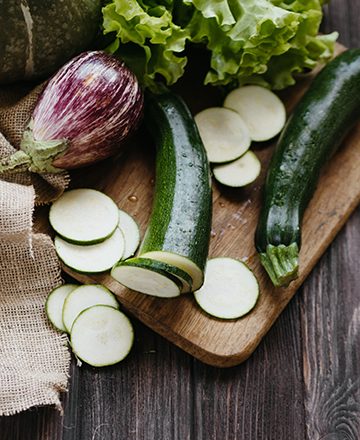
 This is the perfect time of year for clean eating. It’s summer and many fresh fruits and vegetables are inexpensive. It’s one of the best times to start clean eating, but what is it? Eating clean means choosing foods that aren’t highly processed, choosing fresh, frozen or canned foods with no additives. It’s eating green, which means eating foods that are fresh and colorful, not just green. Clean eating also includes eating lean meat that’s cooked in a healthy way.
This is the perfect time of year for clean eating. It’s summer and many fresh fruits and vegetables are inexpensive. It’s one of the best times to start clean eating, but what is it? Eating clean means choosing foods that aren’t highly processed, choosing fresh, frozen or canned foods with no additives. It’s eating green, which means eating foods that are fresh and colorful, not just green. Clean eating also includes eating lean meat that’s cooked in a healthy way.
 Getting healthy involves more than just working out. It means you have to eat healthy. That includes not only the food you eat, but also what you drink. We can help you in both areas at Liv Fitness in Dublin, CA. Clients often ask whether they have to give up all alcohol and just how bad it is for you. The truth is, some types of alcoholic drinks are actually good for you. It depends on how often you drink and how much. Alcohol is high in calories and drinking too much can sabotage your diet, plus damage your liver and cause other negative health issues. What about moderate drinking, one drink a day? Does it matter what type of alcohol you consume?
Getting healthy involves more than just working out. It means you have to eat healthy. That includes not only the food you eat, but also what you drink. We can help you in both areas at Liv Fitness in Dublin, CA. Clients often ask whether they have to give up all alcohol and just how bad it is for you. The truth is, some types of alcoholic drinks are actually good for you. It depends on how often you drink and how much. Alcohol is high in calories and drinking too much can sabotage your diet, plus damage your liver and cause other negative health issues. What about moderate drinking, one drink a day? Does it matter what type of alcohol you consume?
 If you read the words, “healthy thoughts” and immediately thought of Stuart Smalley’s Daily Affirmations on Saturday Night Live. “I’m good enough. I’m smart enough and doggone, people like me.” I’m glad to say, it’s not that. Sometimes, bad things happen and it’s normal to get upset. However, being upset for years or not looking at the whole picture is a different matter. There are so many lessons to learn when you look at everything, the good, the bad and the neutral. It’s balancing out the negatives with the positives.
If you read the words, “healthy thoughts” and immediately thought of Stuart Smalley’s Daily Affirmations on Saturday Night Live. “I’m good enough. I’m smart enough and doggone, people like me.” I’m glad to say, it’s not that. Sometimes, bad things happen and it’s normal to get upset. However, being upset for years or not looking at the whole picture is a different matter. There are so many lessons to learn when you look at everything, the good, the bad and the neutral. It’s balancing out the negatives with the positives.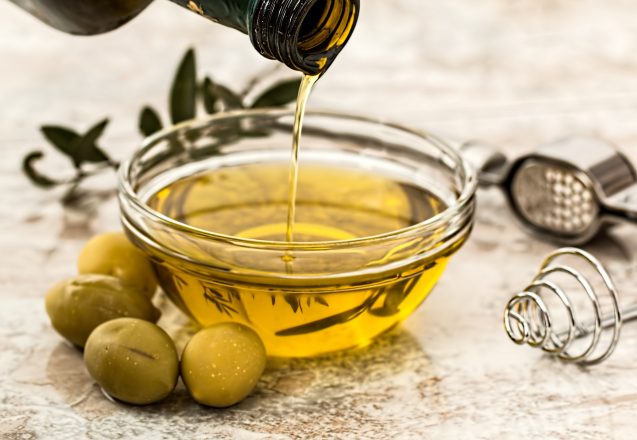
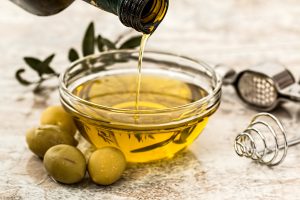 At LIV Fitness in Dublin, CA, we provide personalized diets, but one thing they all have in common is that they contain three macronutrients, fat, protein and carbohydrates. Each diet is personalized, so the types of foods in these groups and balance of nutrients vary. Extra virgin olive oil is one of the healthiest fat, but are there ones that are equally healthy or even healthier? That’s particularly important for anyone that can’t consume olive oil or simply don’t like it.
At LIV Fitness in Dublin, CA, we provide personalized diets, but one thing they all have in common is that they contain three macronutrients, fat, protein and carbohydrates. Each diet is personalized, so the types of foods in these groups and balance of nutrients vary. Extra virgin olive oil is one of the healthiest fat, but are there ones that are equally healthy or even healthier? That’s particularly important for anyone that can’t consume olive oil or simply don’t like it.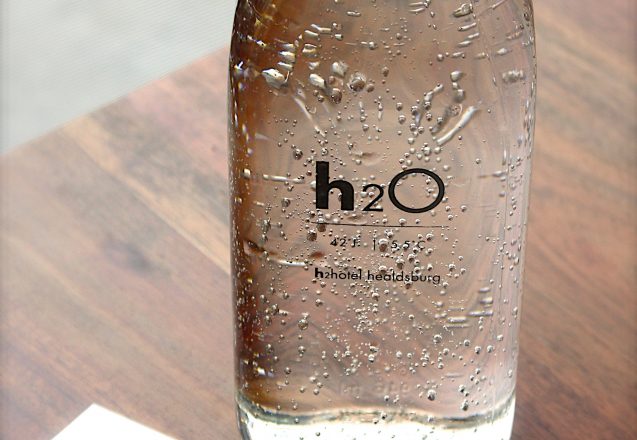
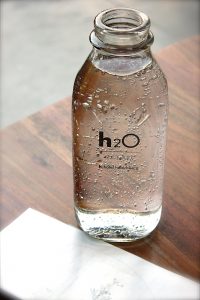 Drinking plenty of good ole’ H2O is important for your body and your overall health. They body is composed of approximately 60% water, which varies with each person. Water plays a huge role in your body’s health. It can help lower blood pressure and improve cholesterol levels. Your skin will look better if you have adequate water. If you’re feeling tired, try a glass of water, rather than opting for coffee, which can contribute to dehydration. Drinking water can help slow aging, improve your eye health, improve cognitive functioning and help you lose weight, especially water weight.
Drinking plenty of good ole’ H2O is important for your body and your overall health. They body is composed of approximately 60% water, which varies with each person. Water plays a huge role in your body’s health. It can help lower blood pressure and improve cholesterol levels. Your skin will look better if you have adequate water. If you’re feeling tired, try a glass of water, rather than opting for coffee, which can contribute to dehydration. Drinking water can help slow aging, improve your eye health, improve cognitive functioning and help you lose weight, especially water weight.
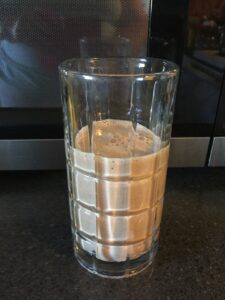 What are pre-workouts and are the worth the extra cost? That’s a question that many clients at Liv Fitness in Dublin, CA, have asked and the answer is simple. Preworkouts are commercially produced products that make getting the extra calories and energies you need more convenient. They’re a combination of protein and carbs to be consumed before working out that provide both the energy for your muscle tissue and a feeling of fullness so you don’t feel ravenous later.
What are pre-workouts and are the worth the extra cost? That’s a question that many clients at Liv Fitness in Dublin, CA, have asked and the answer is simple. Preworkouts are commercially produced products that make getting the extra calories and energies you need more convenient. They’re a combination of protein and carbs to be consumed before working out that provide both the energy for your muscle tissue and a feeling of fullness so you don’t feel ravenous later.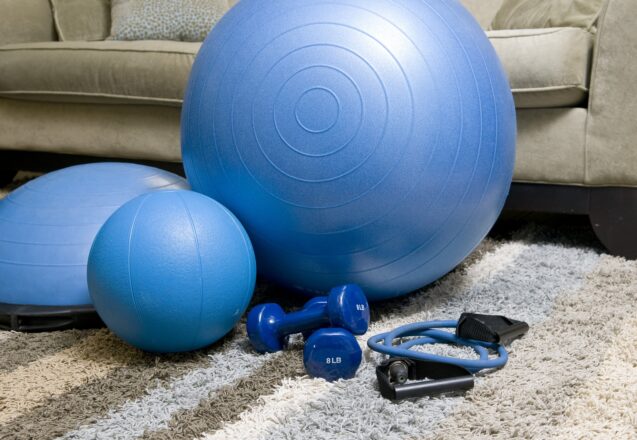
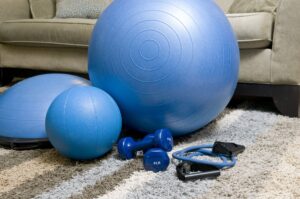 What exactly is a home circuit workout? The circuit part of the workout is the concept that you do several exercises in a row, without rest, as a sequence and then repeat that sequence. That’s different than doing all of one type of exercise and then going to another. By doing several exercises in a row without rest, you’re giving your cardiovascular system a workout at the same time you’re boosting strength and flexibility. A circuit may exercise one part of the body and are often called stations. They may have as many as ten exercises for that part of the body. Normally, each circuit is done three times.
What exactly is a home circuit workout? The circuit part of the workout is the concept that you do several exercises in a row, without rest, as a sequence and then repeat that sequence. That’s different than doing all of one type of exercise and then going to another. By doing several exercises in a row without rest, you’re giving your cardiovascular system a workout at the same time you’re boosting strength and flexibility. A circuit may exercise one part of the body and are often called stations. They may have as many as ten exercises for that part of the body. Normally, each circuit is done three times.
 Losing weight isn’t about eating less, but more about eating healthier. That’s why consuming sugar may be ruining your potential for weight loss. It’s more than just empty calories, although it is that. It’s addictive and makes you crave even more sugar. Eating sugar causes the body to release dopamine, since it binds to the opioid receptors in the brain. Just like opioid drugs, not only do you crave it and have withdrawal, you also crave increasing amounts to get your “fix.” Sugar also tends not to fill you up, even when you’ve consumed adequate calories.
Losing weight isn’t about eating less, but more about eating healthier. That’s why consuming sugar may be ruining your potential for weight loss. It’s more than just empty calories, although it is that. It’s addictive and makes you crave even more sugar. Eating sugar causes the body to release dopamine, since it binds to the opioid receptors in the brain. Just like opioid drugs, not only do you crave it and have withdrawal, you also crave increasing amounts to get your “fix.” Sugar also tends not to fill you up, even when you’ve consumed adequate calories.